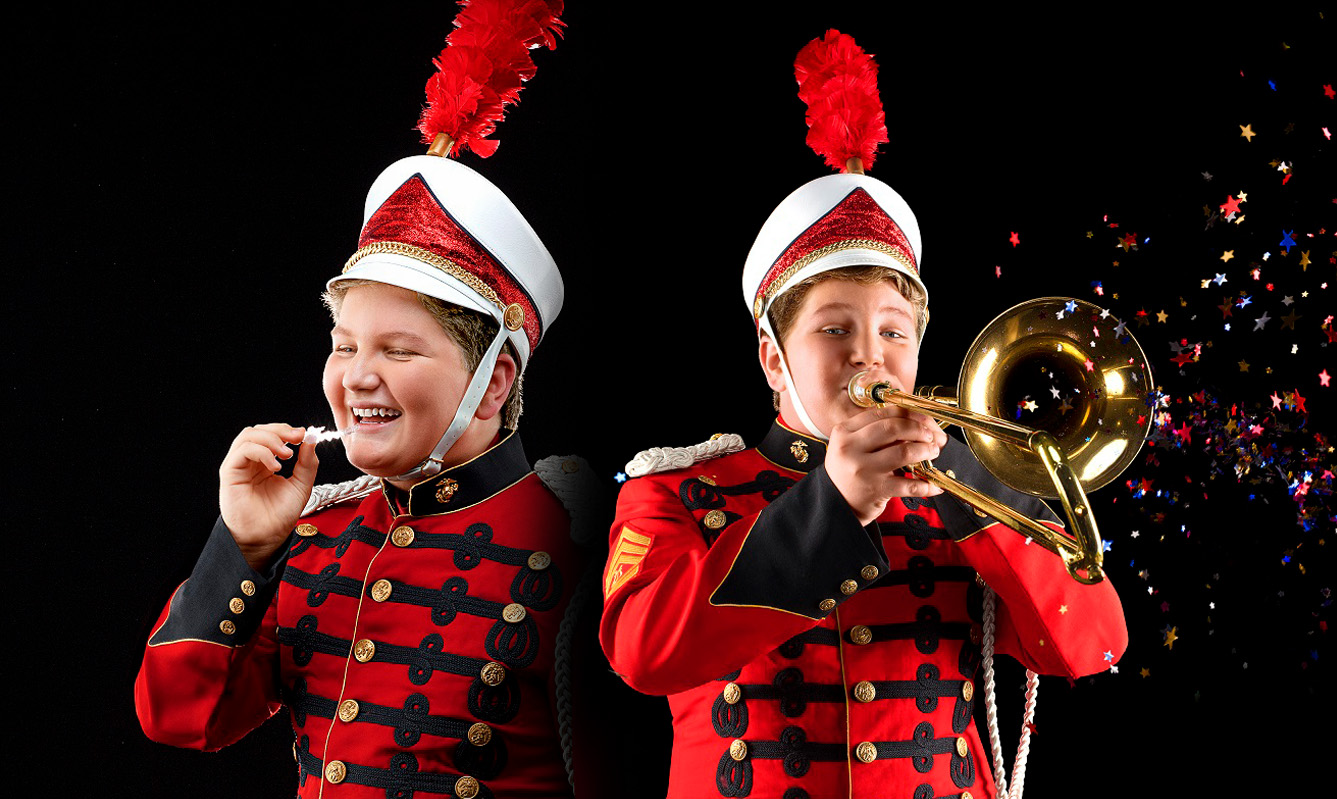Art lessons are an important part of growing up, and studies show that education in the arts supports the development of motor, social and language skills in children. As a result, most schools offer either a visual or performing art option for their students. Many children get their first opportunity to pick up a musical instrument in school, which can be the start of a lifelong love of music.
At the same time that your child learns an instrument, they might also need braces, which may raise some questions. Braces obviously come with some restrictions, but that doesn’t mean they will hinder their musical ambitions. Depending on the type of instrument, there’s little difference between playing an instrument with braces and playing without braces.
However, your child might experience some hurdles when it comes to instruments that require oral resonance. They may need a little extra practice for woodwinds and brass horns. But with the right amount of practicing, your kids will be playing along with the school orchestra or band in no time.
For wind instrument players
If you’re considering playing an instrument with braces, it might be tempting to just take piano lessons and call it a day. However, braces shouldn’t stop you from pursuing the instrument you want to play. Wind instruments may be a bit more challenging, and learning the proper mouth positions might cause some soreness. But once you start practicing your instrument with braces, you’ll figure out what routines work for you and how to reposition your mouth to improve both sound quality and comfort. Keeping your braces waxed can reduce wire irritation, and starting off with shorter, slower practice sessions can help your mouth adjust gradually.
Your next performance
Pursuing healthier teeth or a straighter smile doesn’t mean you have to forego anything fun in life, especially for young people. Playing an instrument with braces is even easier with Invisalign. This treatment system uses aligners that fit neatly over the teeth rather than metal brackets and wires. Which shouldn’t cause any sort of interference with people trying to play an instrument with a mouthpiece since they take the same shape as the teeth. If they do find that they prefer to perform or practice with their trays out, they do have that option since they’re removable. Another good option is braces behind the teeth where the mouthpiece can be placed without encountering any brackets for a comfortable fit.
Learn more about braces for teens, kids, and adults.
